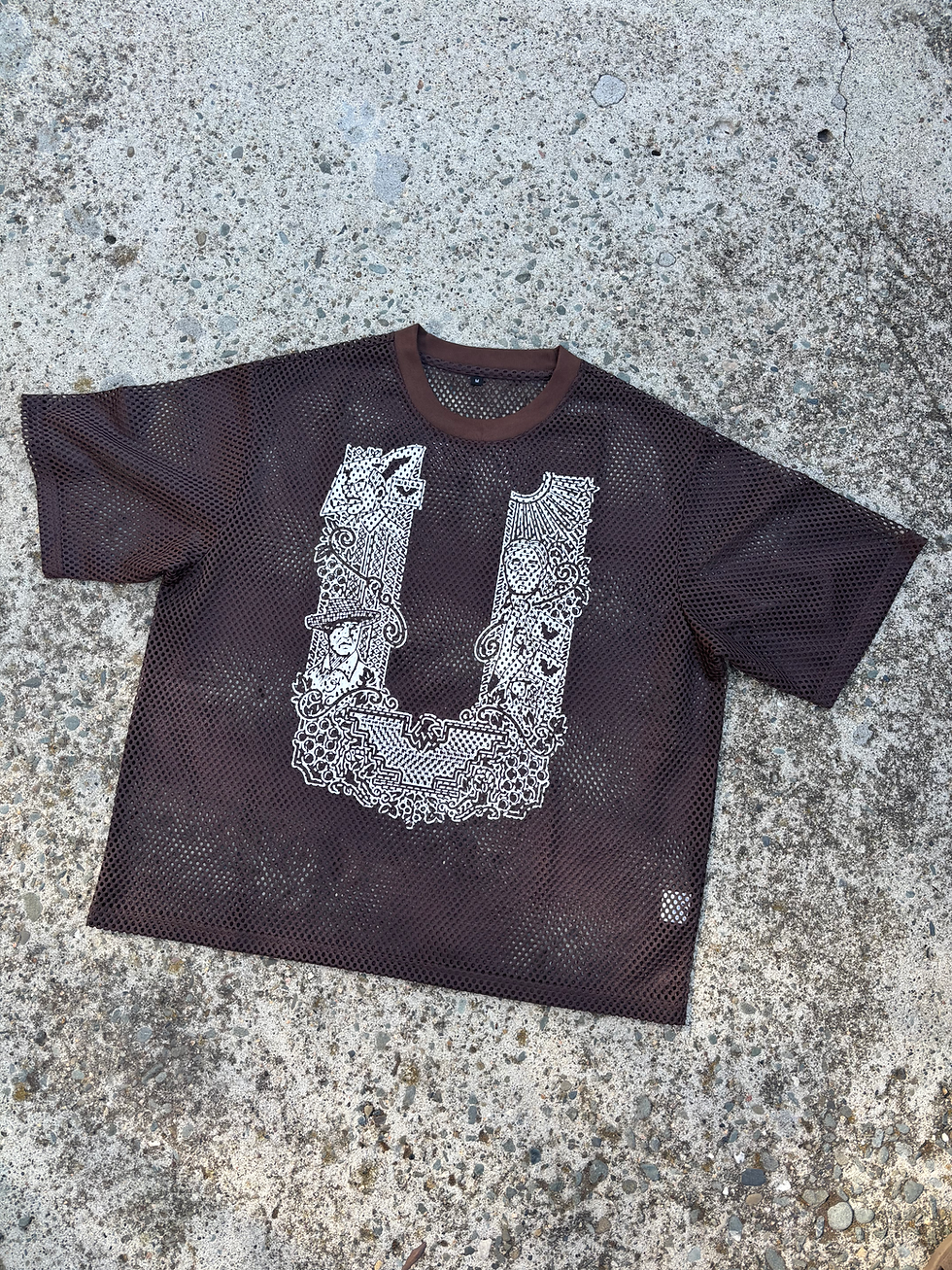Kawaii Adobo Filipino Food Tee (ᜀᜇᜓᜊᜓ)
Discover the taste of the Philippines with our mouthwatering kawaii Adobo-inspired shirt! Showcasing a vibrant image of the iconic Filipino dish, our apparel celebrates the rich flavors and culinary heritage of adobo. Crafted with premium materials and designed for both comfort and style, this shirt is perfect for food enthusiasts and proud Filipinos alike. Embrace your love for adobo and wear it with pride. Shop now and bring a taste of Filipino culture to your wardrobe!"
History
The Philippine adobo is a popular and iconic dish that holds a significant place in Filipino cuisine. Its history can be traced back to the pre-colonial era of the Philippines and has evolved over centuries with influences from various cultures. Here's a brief overview of the history of Philippine adobo:
Indigenous Origins: Before the arrival of the Spanish colonizers in the 16th century, Filipinos had their own unique methods of food preservation. One of these methods involved marinating meat and seafood in vinegar and salt, which helped preserve the food in the tropical climate.
Spanish Influence: When the Spanish colonizers arrived in the Philippines, they introduced new ingredients and cooking techniques. They brought with them the concept of adobo, which was derived from the Spanish term "adobar" meaning to marinate. The Spanish adobo typically consisted of vinegar, olive oil, and various spices. The Filipinos embraced these influences and adapted them to suit their taste preferences and locally available ingredients.
Adaptation and Regional Variations: As adobo became popular across the Philippines, different regions started incorporating their own unique twists and variations to the dish. For instance, in the Visayan region, soy sauce was added to the marinade, resulting in a darker color and slightly sweeter taste. Other regions may use different ingredients like coconut milk, turmeric, or annatto seeds, which further diversified the flavors of adobo.
Symbol of Filipino Identity: Over time, adobo became deeply ingrained in Filipino culture and culinary heritage. It is considered a national dish and a symbol of Filipino identity. Adobo is commonly prepared in households and served on various occasions, from everyday meals to special gatherings.
Today, adobo continues to be a beloved and versatile dish in the Philippines. Its popularity has spread internationally, and it is often featured in Filipino restaurants worldwide, showcasing the rich and flavorful traditions of Filipino cuisine.
Finished Measurements
6 oz./yd², (US) 10 oz./L yd, (CA), 100% cotton, 18 singles
Relaxed fit
Wide rib collar
Taped neck and shoulders for comfort and durability
Tear away label
Proud member of the U.S. Cotton Trust Protocol
Made with OEKO-TEX certified low-impact dyes
S
M
L
XL
2XL
3XL
4XL
Body Length
26 1/2
28 1/2
3 1/2
31 1/2
32 1/2
33 1/2
34 1/2
Chest Width (Laid Flat)
18
20
22
24
26
28
30




































